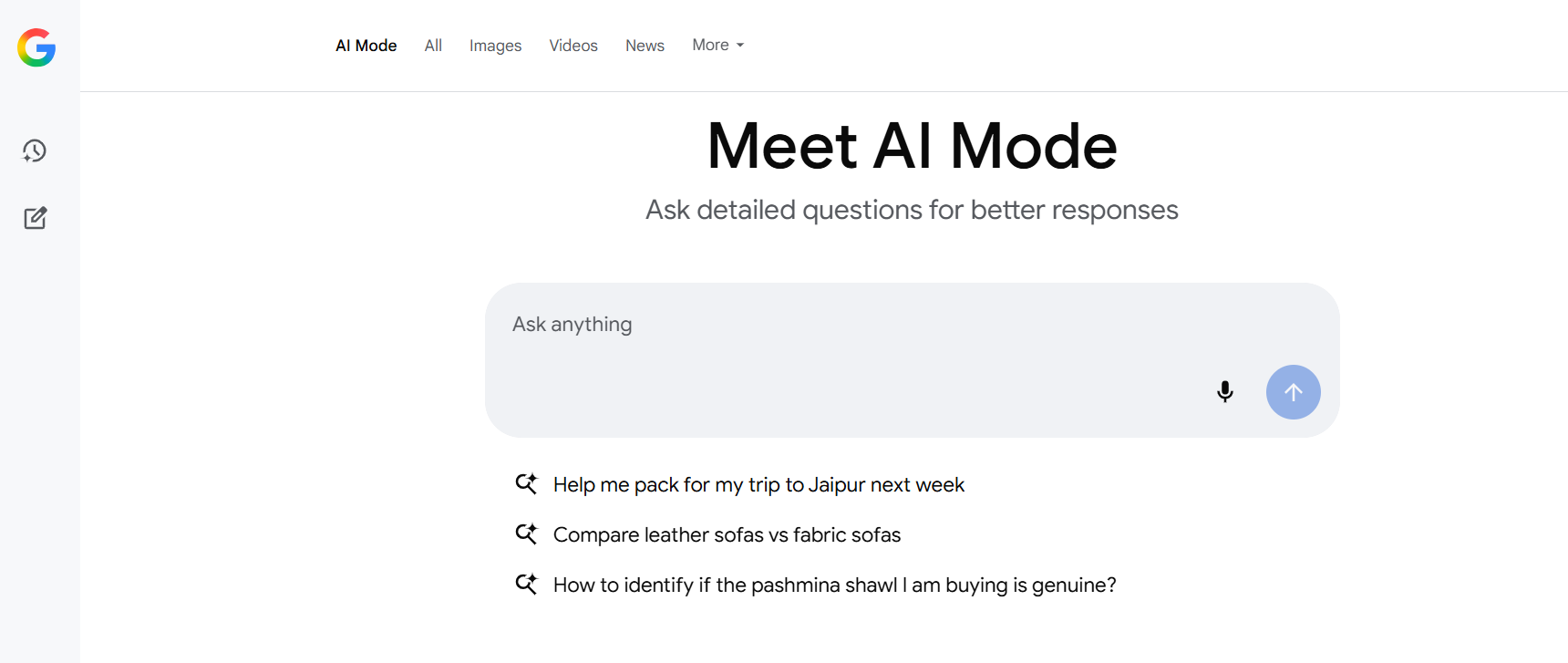Due to the COVID-19 pandemic, medical workers have experienced an unforeseen surge in demand for medical care. This has shaken the core of health care and how patients are being administered and treated in the entire world. The hike in the Coronavirus cases has overburdened the doctors and other frontline workers, treating people suffering from the virus as they continue to eradicate it. This situation has led to people fearing going to the hospitals and getting treatment for health issues they are facing.
This has given rise to more telemedicine services. Government hospitals, pharmacies, and even big corporates have adopted this to be an employee wellness strategy. The adoption of this technology has soared from 25%, which is more than 85% of what it was at the end of 2019. In a survey conducted in April 2020, 50% of the patients were using telemedicine, the majority of which were for the first time.
The impact of the outburst of the Coronavirus has been profound in terms of patient treatments. Telemedicine facility is an industry-altering revolution that is still evolving. According to many researchers, we have accelerated medical facilities’ growth with what would be a solid ten years or organic growth.
The rapid adoption of telemedicine yielded many issues, lessons, and challenges for the health system and providers, and the need for a seamless technology at the moment is crucial. This will also help low-income communities to receive the prerequisite medical care. However, contrary to the medical legacy called for patient-doctor contact, such interactions can now be life-threatening. They must be avoided with the virus at its glory. To change this legacy effectively, SoftGrid Computers, a pioneer in making medical software and telemedicine software, offers various medical facilities.
In this article, we are going to discuss at length the various benefits that the emergence of this technology has brought in the world of medicines:
- More accessible and convenient patient care: According to the Cisco Global Survey, 74% of the patients prefer easy health care service over personal interactions with doctors. In today’s world, convenience is the key to providing any assistance, and with the current situation, nothing can be more apt. This will provide medical service to people who live in remote areas, especially in a country like India, where a significant chunk of the population lives in the rural areas with hardly any or no medical services; this technology will give them easy service medical care.
- Telemedicine is a mode for Healthcare Saving and is Cost-Effective: Monitoring services, remote analysis, and electronic storage will considerably reduce the cost of healthcare services. Medical workers will have easy access to a patient’s data, saving their time and money both. This eliminates transportation costs in regular check-ups and reduces unnecessary ER nonurgent visits. According to a recent survey, telemedicine has decreased 11% of the total expenses, which is more than triple the ROI investment. This service will help increase revenue by turning on-call hours into billable hours and is sure to attract new customers every day. People in remote areas will get easy access to specialist doctors’; however, telemedicine ensures better and convenient access to specialists regardless of where a person lives.
- Better care quality: Telemedicine services have a more patient-centered approach. This improves the timeliness of care, which is a critical criterion for patient care—providing patients real-time urgent consultation that will help them learn about new treatment options within a few minutes. A recent study clearly shows that telemedicine patients have a lower score for depression, stress, and anxiety and have 38% significantly fewer hospital admissions.
- Improves Provider Satisfaction: Being a healthcare provider today can be a hassle, life-threatening, challenging, and extremely stressful. Telemedicine will provide the healthcare service provider with a sense of improved job satisfaction by making it easier to meet patients. It helps them bring a balance to their work life.
- Less/No time in the waiting room: If you choose to visit your doctor through a video call or via a telemedicine software or app, you will eliminate the time you spent waiting in a long queue or looking at the magazine in your doctor’s clinic. You will see your doctor as often as you need to without having to wait and without any single challenges. With doctors available at your beck and call, you can practice better management of any chronic illness or condition that you may be struggling with, medication, and lifestyle.

In Conclusion, we’d like to say
Given the list, there is no surprise that telemedicine’s demand has spiked up, more so during the Pandemic. The idea of consulting a doctor from the comfort of one’s home over a video call on your smartphone or laptop seems legit in these times. It’s crucial to introduce telemedicine in the mainstream now!

 Web and Full Stack
Web and Full Stack CMS and Frameworks
CMS and Frameworks Online Marketing
Online Marketing Cloud Services
Cloud Services ECommerce
ECommerce Mobile
Mobile



